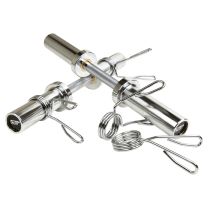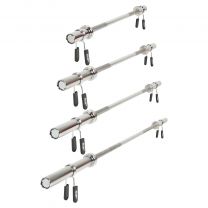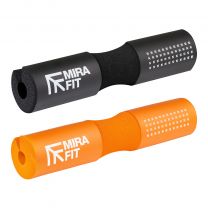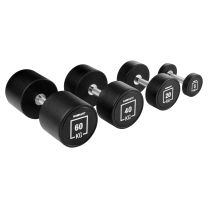What Are Moment Arms?
What Are Moment Arms?

When first joining a gym, the most important things are that you’re consistent and that you’re training in ways that you find most enjoyable. But as you become more goal and performance orientated, you need to train with more precision, so that the exercises you train are as closely aligned to the intended outcome as possible.
If you are trying to target certain muscles, considering the biomechanics of the exercise becomes important. In particular, the moment arms.
A moment arm, often also referred to as a lever arm, is the perpendicular distance between a joint (in the context of exercise biomechanics) and a line of force.
For each joint, we are concerned with two different lines of force. The force applied (by a tendon) and the force resisted (by a Free Weight or Machine).
Mechanical Advantage and Disadvantage

Put simply, the ratio between the between the moment arms and the applied force and resisted force determines whether a muscle is in a state of mechanical advantage, where we can lift more load, or disadvantage, where we cannot lift as much load because the muscle is under more stress.
When we are targeting a particular muscles growth, it is beneficial to put it in a mechanical Disadvantage because it puts it under more stress and thus brings about more gains.
For Example, during a bicep curl, we are at the greatest level of mechanical disadvantage when the arm is at about 90-degree and at a greater advantage (meaning you can lift more weight but at less stress to the bicep) above and below 90-degrees.
To train the biceps most effectively, you should train through them through 90-degrees of elbow flexion, so you are hitting them where they are required to work at their hardest.
Squat Moment Arm
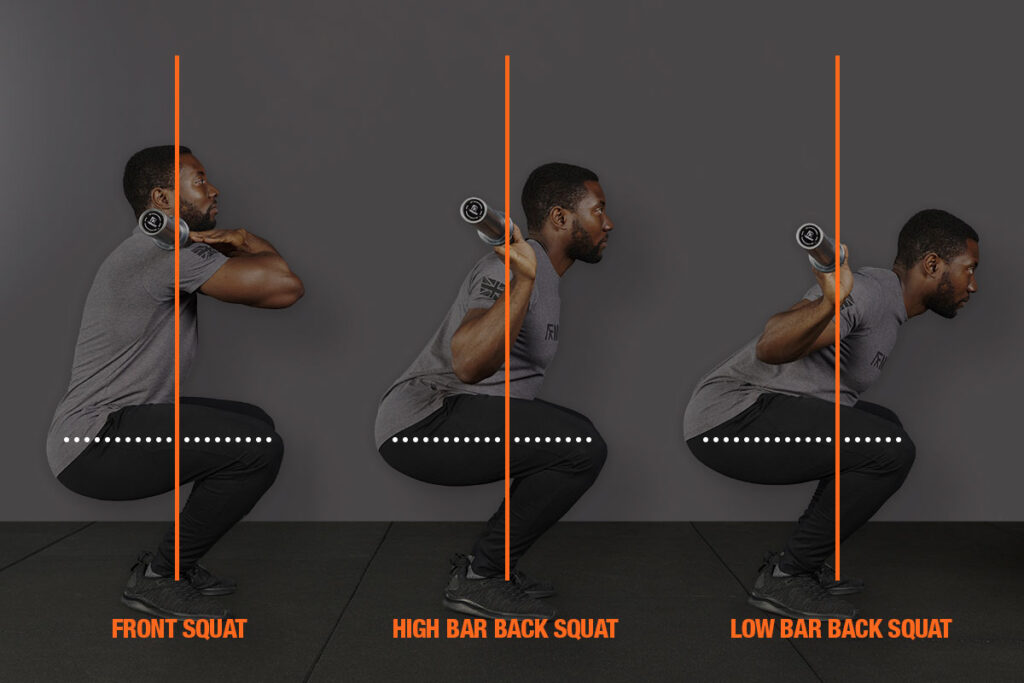
Front Squat - Greatest moment arm at the knee. Smallest moment arm at the hip. The front squat is the best choice for training your quads.
High Bar Back Squat - Greatest moment arm at the hip. Smallest moment arm at the knee. The high bar back squat is better than front squats for training the hip musculature and slightly worse at training the quadriceps.
Low Bar Back Squat - Greatest moment arm at the hip. Smallest moment arm at the knee. The low bar back squat is the best variation of the three for training the hip musculature (the glutes) and the least effective at training the quads.
Deadlift Moment Arm

Romanian Deadlift - Greatest moment arm at the hips. Smallest moment arm at the knee. The RDL is best for training the hamstrings.
Conventional Deadlift - Greatest moment arm at the knee. Smaller moment arm at the hips. The conventional deadlift isn't as effective as targeting the hamstrings, but you are typically able to lift more weight during a conventional deadlift, making it better for sports like Powerlifting or if you want to set a new deadlift 1RM.
Practical Loadability

Some exercises in the gym are easier to load heavier than others. Some, practically speaking, have a ceiling and diminishing returns in terms of how much you can load them to affect a target area.
For example, a kettlebell goblet squat has a great moment arm to affect the quads than the barbell back squat. However, the load you can use during a kettlebell goblet squat is limited by your ability to hold it in front of your body.
So, even though the moment arm is greater, the load you are able to use is less. So, once you are able to barbell back squat, this may be more beneficial on your quad gains than the kettlebell goblet squat.
Don’t solely focus on the moment arms of an exercise. Consider your ability to load it heavily over time as well.
So, if you are looking to take a step forward with your training and become more targeted with your exercises, consider the exercises you use to do so. This will help you know if the exercises you are using are helping you get the gains you are looking to get from them!
Written by guest author Ewan Hammond.
For more content, follow us on Instagram, YouTube, TikTok, and on our official Mirafit Facebook page.
Enter your email to signup to our newsletter
Tags: Exercise Type > Strength

